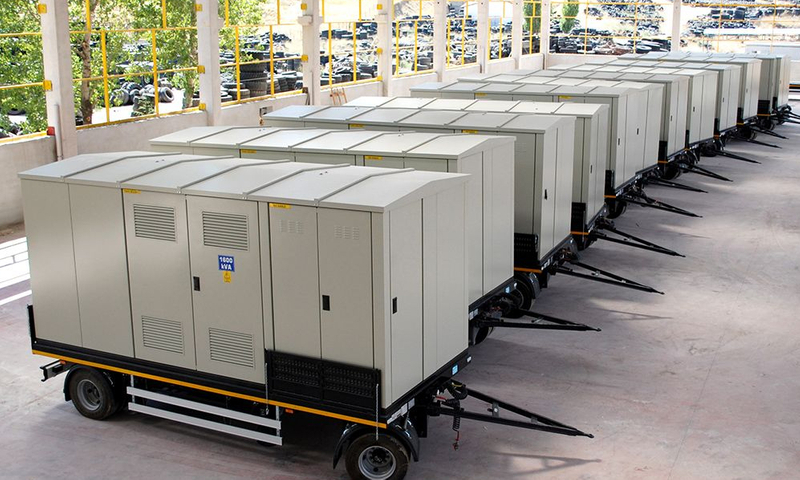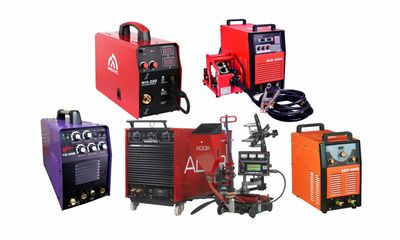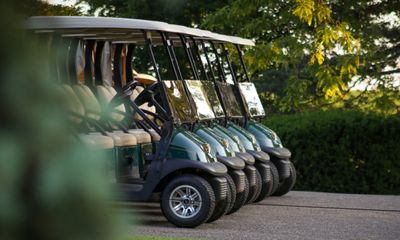© 2025 Powered by Antbuildz.com
© 2025 Powered by Antbuildz.com

When you start exploring backup power options for your business, home, or construction sites, you will likely see the term “Genset.” Therefore, what precisely is a gen-set? And what is it used for?

Genset is a simple form of ‘Generator’. It is a combination of electric equipment used to produce or generate electrical power. The Genset is an alternative engine that generates electrical power. Generators convert electrical energy into mechanical energy as an output.
A power Generator is used to supply mechanical energy as an external power circuit to speed the electric pulse in the winding wire.
Genset is used in the developing area where the power connection is not available or less electricity comes. Gensets are the best possible way to provide power in dangerous areas like deep inside the mine or underground construction areas. Genset serves as a main source of energy there or you can say alternative power source during the high usage
Generator sets can add an extra layer of security in the event of brownouts or power outages. Standby generators can keep critical systems running at medical facilities, businesses, and homes in case utility power gets knocked out.
Gensets also can provide a self-contained power supply in remote places off the power grid. These include construction sites, campsites, rural areas, and even mines deep underground. They enable people to harness the power to build, explore, or live off the beaten path.
There are different types of electric generators. All have similar components, require some type of fuel, and are set in a base frame. But there are some key differences, too.
Learn Important Tips to Choose the Right Generator for your project.
Electrical generators work in a similar way that cars do. They have a “prime mover” (engine) and an alternator.
Many oil and gas/ marine/ construction industries find using Genset to be invaluable because when power is produced, it can immediately be used. Gensets effectively put an end to any disruptions due to power loss.
Generator sets typically have these components:

Generators do not require intensive maintenance, but it is important to understand their internal mechanisms. This way, you can perform preventative and general maintenance as needed, along with knowing how to order replacement parts in the future.
If you consider the above condition before renting a generator, you should be able to rent the right generator for your task easily.
We are the first digital equipment rental platform in Singapore set to reinvent traditional construction equipment rental into a truly touchless equipment rental experience. Visit antbuildz.com to search for your preferred equipment such as Push Around or even a scissor lift, check the price and rent it instantly over the platform antbuildz.com.
Remember to like and share our Facebook page! bit.ly/34MdSFh
Any Questions?
WhatsApp or Call Us for a FREE consultation on the most suitable equipment for your site. We’re more than happy to assist!
Related Articles

The 5 Most Common Types of Welding Machines You Need to Know
In the construction or fabrication of metal structures, you certainly need to st ...
Learn more
22 Jan , 2025

6 Most Common Uses For Buggy Rental
When it comes to traversing to several locations within your site, The Buggy is ...
Learn more
22 Jan , 2025

Maintainability of Indoor Green Wall in Singapore
Introduction With 80% of the time spending indoors, it becomes more and more imp ...
Learn more
22 Jan , 2025

Tips to be a Good Engineer in Construction Industry
Typically, it takes you 4 years to complete your degree in university to acquire ...
Learn more
22 Jan , 2025